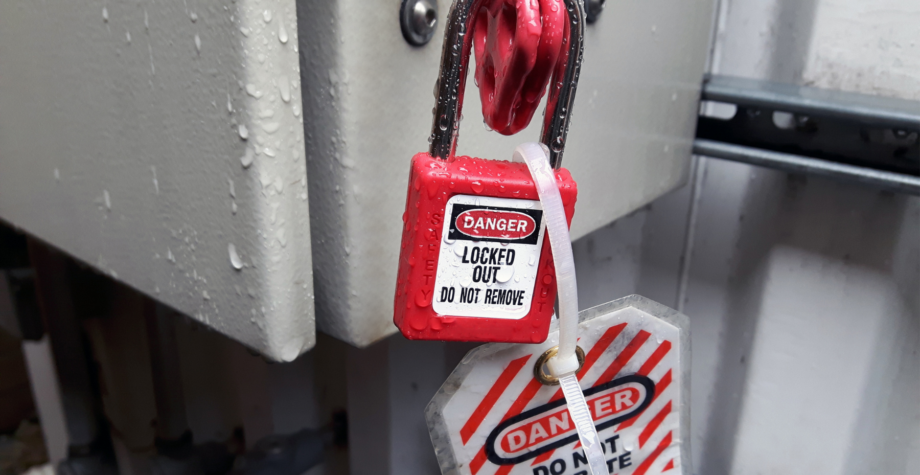Effective communication is key to achieving a healthy, safe, and productive workplace. It allows us to properly define roles and responsibilities, highlight and respond quickly to potential hazards, and create a culture of safety that places mitigation and collaboration at the forefront. It is the tool with which our health and safety teams are able to learn about potential issues, concerns, and hazards that our team members come across in the field. Simply put, effective safety communication is a pivotal component of any successful organization.
At Westerwood Global, we believe that health and safety is everyone’s job. We have open communication systems that encourage frequent interactions not only between our own employees and supervisors, but also between our company and external contractors, vendors, and customers. As human beings, we are responsible for our own and the safety of those around us, so there must be no barriers to calling out or challenging unsafe acts or potential for accidents.
“…there must be no barriers to calling out or challenging unsafe acts or potential for accidents.”
While effective communication is certainly the cornerstone of our health and safety strategy, there is an even greater component that is paramount to our health and safety culture and that’s engagement. As part of our four core values, we believe in finding and nurturing the right people for our team through engagement activities that place an emphasis on open communication, collaboration, and career development.
While this is a large part of our overall culture at Westerwood, it is arguably one of the more important segments to our safety success as well. The SHRM Foundation found that highly engaged employees are five times less likely to have a safety incident and seven times less likely to miss work due to safety mishaps. Further, Gallup found a strong link between workplace culture and safety, finding in 2016 that companies with high engagement rates had 70% fewer safety incidents than those with low engagement rates.
“As a company that provides talent and skilled labor to other host organizations, it is our duty to provide a solid health and safety foundation to our team before they begin their on-site protocols,” comments Ray Burke, Head of Operations at Westerwood Global. “An essential component of this foundation is the positive safety culture we have cultivated not only through proper training and development but also through our ongoing engagement activities on a larger scale.”
The team at Westerwood is committed to doing quality work in all they do which includes adhering to best safety practices. It is our mission to create a comfortable and stimulating work environment that encourages team members to share their ideas and opinions. It is this open communication and engagement that we can largely thank for our continued safety success.
